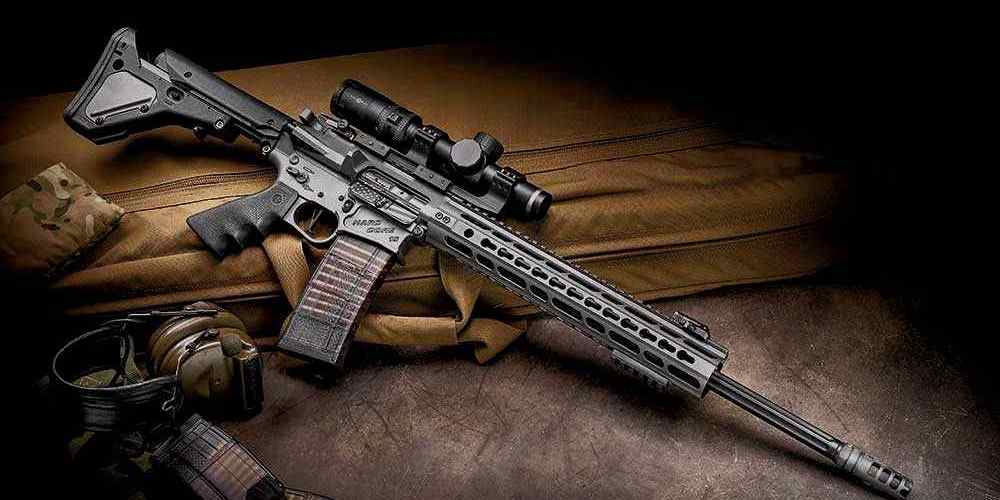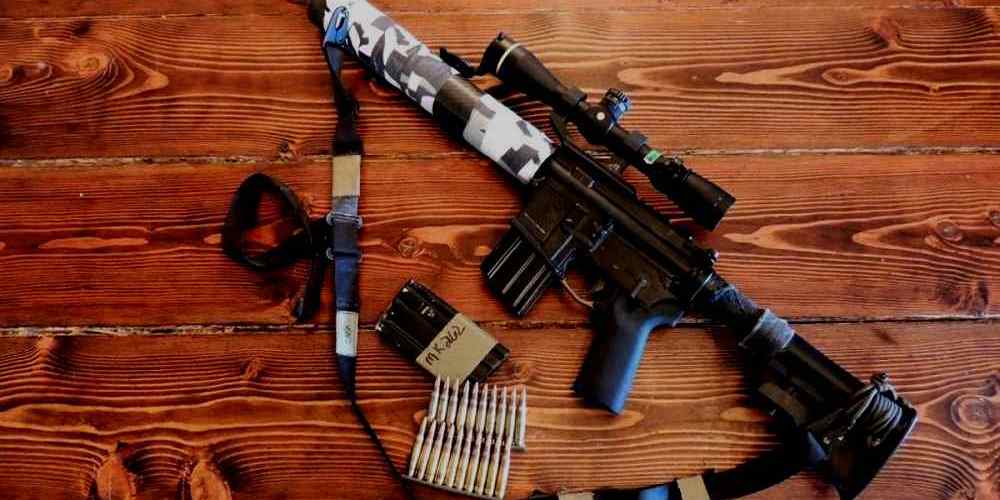Comparing Pistol vs Rifle Configurations of the AR-15
The AR-15 platform is one of the most popular firearms in the United States, known for its versatility, modularity, and ease of customization. One of the key decisions that gun owners face when building or purchasing an AR-15 is whether to opt for a pistol or rifle configuration. Both options have their own set of advantages and limitations, and understanding the differences between them can help you make an informed choice based on your needs and preferences.
Pistol Configuration
The pistol configuration of the AR-15 is defined by its shorter barrel length, typically around 10.5 to 12 inches, and lack of a shoulder stock. This design makes it more compact and maneuverable compared to its rifle counterpart, making it ideal for close-quarters engagements and tactical applications.
Advantages of Pistol Configuration:
- Compact size for easy handling in tight spaces
- Lighter weight for improved mobility
- No need for NFA registration if equipped with a stabilizing brace instead of a shoulder stock
Limitations of Pistol Configuration:
- Shorter barrel length reduces muzzle velocity and effective range
- Lack of shoulder stock can make it harder to stabilize for accurate shooting
- Increased recoil due to shorter barrel length
Rifle Configuration
The rifle configuration of the AR-15 features a longer barrel, typically around 16 inches, and is equipped with a shoulder stock. This setup offers improved accuracy, longer effective range, and better recoil control compared to the pistol configuration.
Advantages of Rifle Configuration:
- Longer barrel length increases muzzle velocity and effective range
- Shoulder stock provides added stability for accurate shooting
- Better recoil control due to longer barrel length
Limitations of Rifle Configuration:
- Larger size and weight can be cumbersome in tight spaces
- NFA registration required if equipped with a shoulder stock
- Less maneuverable compared to pistol configuration
Choosing the Right Configuration for You
When deciding between a pistol or rifle configuration for your AR-15, it’s essential to consider your intended use case and personal preferences. If you prioritize maneuverability and close-quarters performance, the pistol configuration may be more suitable for you. On the other hand, if accuracy and longer range engagements are your priorities, the rifle configuration may be a better fit.
It’s also worth noting that some shooters prefer to build or purchase multiple AR-15s with different configurations to cover a wide range of scenarios. For example, having both a pistol and rifle configuration allows you to switch between them based on the specific requirements of each situation.
Case Study: Law Enforcement Applications
In law enforcement, officers often face dynamic and unpredictable situations where they need to be prepared for both close-quarters engagements and longer range shots. As such, many departments equip their officers with AR-15s in both pistol and rifle configurations to ensure they have the right tool for the job.
For SWAT teams conducting urban operations or hostage rescues, the compact size and maneuverability of the pistol configuration can be invaluable in navigating tight spaces and engaging targets at close range. On the other hand, patrol officers responding to active shooter situations may benefit from the increased accuracy and range provided by the rifle configuration.
Conclusion
In conclusion, choosing between a pistol or rifle configuration for your AR-15 depends on your specific needs and preferences. The pistol configuration offers greater maneuverability in tight spaces but sacrifices some accuracy and effective range. In contrast, the rifle configuration provides better stability and recoil control for longer range engagements but may be less suitable for close-quarters scenarios.
Ultimately, there is no one-size-fits-all answer when it comes to selecting the right AR-15 configuration. It’s essential to weigh the pros and cons of each option carefully and consider how you plan to use your firearm before making a decision.




